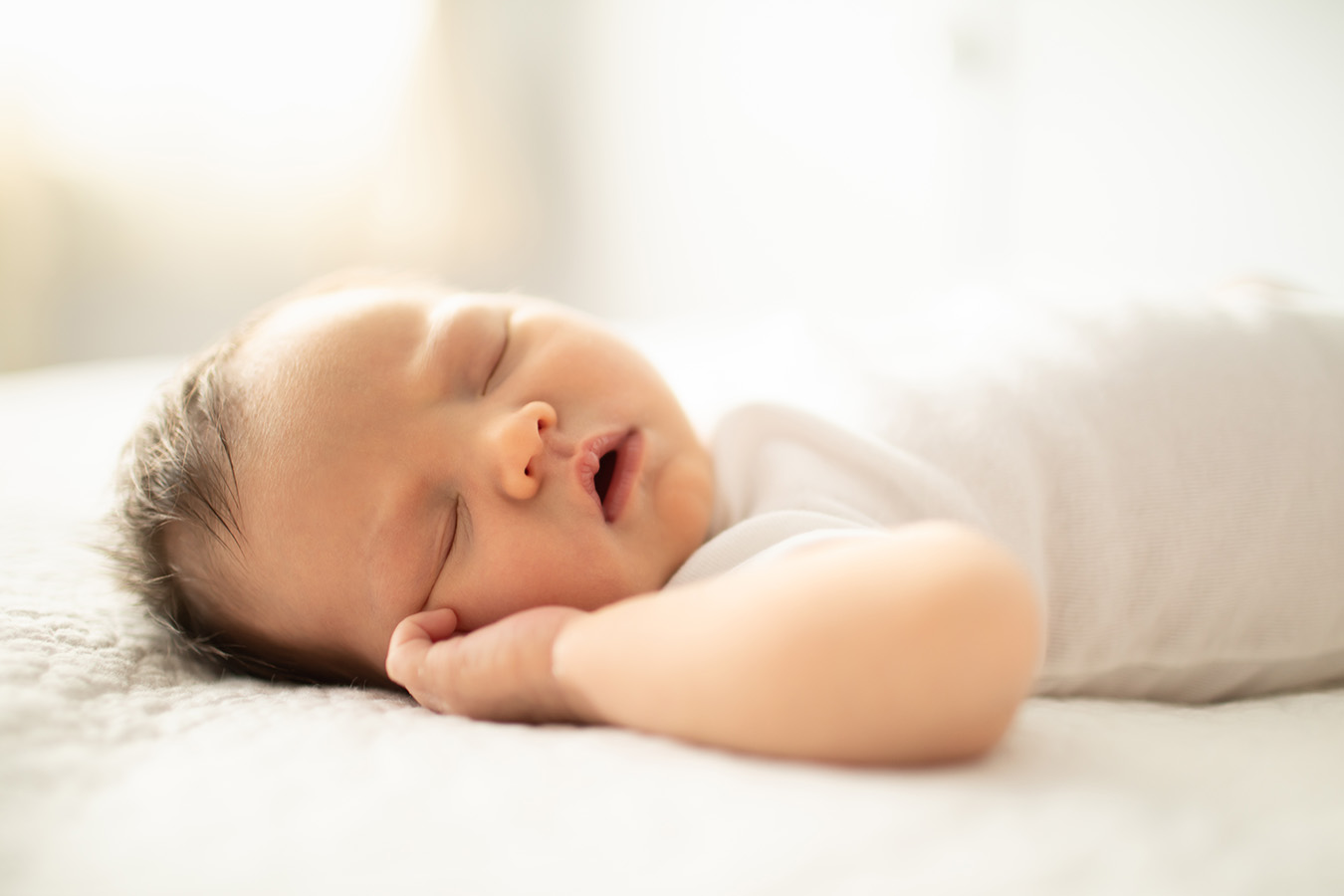A Baby Sleeps Safely, Parents Can Sleep Soundly

“I slept like a baby last night.”
Anyone who has had a baby would find the irony in this sentence.
Having a newborn is not easy. They wake up often crying, needing to be fed, and certainly do not follow the idea of “sleeping like a baby.” New parents feel stress and exhaustion as they try to keep up with the newborn’s schedule.
The challenges can lead to practices that are not safe and may lead to sudden unexpected infant deaths (SUIDS).
SUIDs are unexpected deaths in babies less than a year old. According to the American Academy of Pediatrics, 3,400 SUIDs occur in the United States each year. Although the causes are unknown, there are many things you can do to prevent a tragedy.
Here is how you can make sure that your infant is sleeping safely:
- Until their first birthday, put your baby on their back to sleep to help the baby breathe better. This way, they are less likely to take in the air that they just exhaled, which is high in carbon dioxide and low in oxygen.
Create a safe sleeping area for your baby in a crib.
- Make sure that the guardrail slats are not more than 6 cm apart (about 2 inches), so their arms and legs, or other body parts, do not get trapped in between. Make sure the mattress is the same size as the crib. This ensures there are no gaps that can trap the arms or legs. The crib mattress should be low, so the child cannot fall out by leaning against the side or pulling themselves over it.
- Place your baby on a firm surface without any stuffed animals, crib bumpers, or pillows. Although it is tempting to decorate your baby’s crib, stuffed animals and pillows increase the risk of suffocation. The American Academy of Pediatrics says that crib bumpers have been linked to at least 83 infant deaths in the past 30 years. Babies can suffocate, but as they grow older, they can also stand on the crib bumper and climb out, increasing their risk of a fall.
- Also, avoid putting other products in the crib, such as inclined sleepers and positioners advertised as baby nests, docks, pods, nappers, and rockers. These products are not regulated and do not meet any safety standards. They are often soft and can make it difficult for babies to breathe if they roll on their stomachs.
- Have your baby sleep in your room in their bassinette or crib for the first year. That way, you have easier access to the baby, allowing you to reach them faster if they need it.
- Do not have your baby in your bed. Although sleeping with your baby may be seen as bonding time or seem easier at night when they need to be fed often. It can be perilous as the risk of suffocation increases tremendously.
- Do not let your child fall asleep on nursing pillows. Your baby might roll over onto their stomachs and place their heads into the soft fabric that could block their airway.
- Avoid smoking in the house. Second-hand smoking has been shown to increase the risk of sudden infant deaths.
- Give your child a pacifier at naptime and bedtime. If you are breastfeeding your child, allow the baby to learn the proper breastfeeding techniques first and then introduce the pacifier.
All of this information can be summarized by the ABCs of safe sleep:
Alone, on their Back, and in an empty Crib.
Being a parent is a great gift that comes with tremendous responsibility.
Practicing these recommendations will allow you to sleep more soundly, knowing that your child is sleeping safely. For more information about safe sleeping for infants, visit www.healthychildren.org or contact the Injury Free Coalition for Kids, a program of the Children’s Trust, at 305-243-9080 or online at www.injuryfree.org.
Written by Carnie Lazarre, M.D./ M.P.H. Candidate
with Julie Belkowitz, M.D., M.P.H., Lyse Deus, and Oneith Cadiz, M.D.
Tags: baby sleep, children and sleep, Dr. Julie Belkowitz, Dr. Oneith Cadiz, getting a baby to sleep, healthy sleep habits, kids safety
